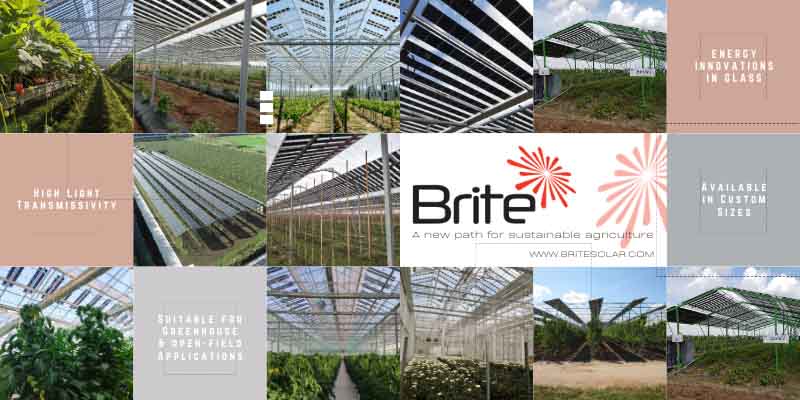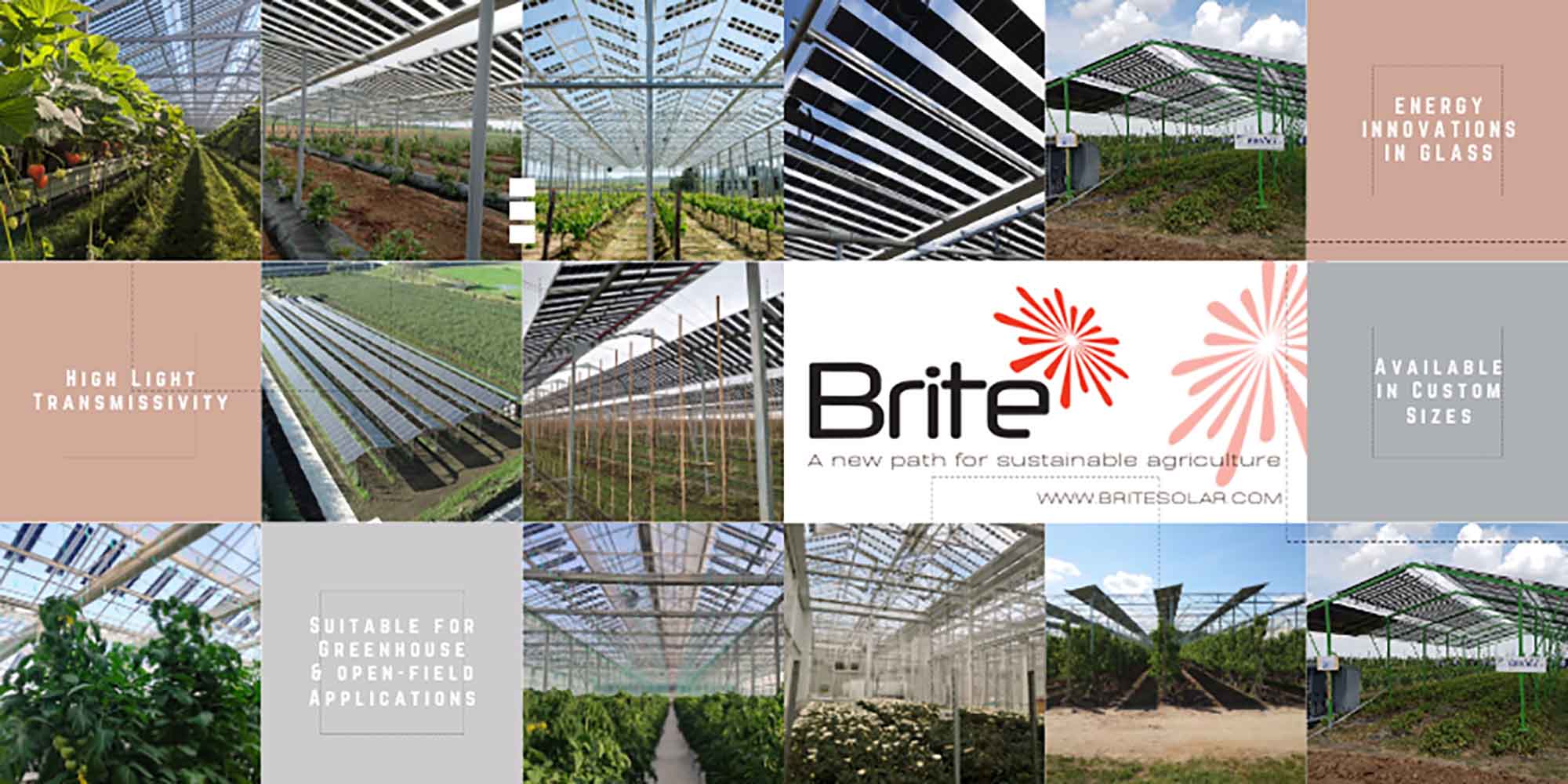
Brite Solar is a nanomaterials company utilizing innovative materials and deposition techniques to deliver a new class of glass materials for building construction, greenhouses, and in agriculture applications. These materials either save energy in the case of Dynamic Glass, or generate energy in the case of Solar Glass. The company is dedicated to the deployment of revolutionary nanotechnology materials. Holding multiple patents, they create new types of architectural glass that reduces buildings’ energy footprint by lowering heating, cooling, and lighting needs while also generating electricity from light.
Interview with Dr. Nick Kanopoulos, President & CEO of Brite Hellas SA.
Can you describe your company’s approach to driving innovation in product development?
Nick Kanopoulos: At Brite Solar, innovation is in our DNA. Our focus is the symbiosis between energy, nature, and agricultural productivity. We don’t simply make solar panels. Through advanced nanotechnology, we optimize light to enhance photosynthesis, protect crops, and generate clean energy—all within the same cultivated land. Every new development is rooted in feedback from growers, agronomists, and engineers, ensuring our innovations are grounded, scalable, and impactful.
What recent products or solutions have you introduced, and how are they shaping the industry?
N.K: Our glass-glass, bifacial, and semi-transparent agrivoltaic panels are disrupting the traditional energy-agriculture divide. Designed for both greenhouses and open-field installations, they convert unused ultraviolet light into photosynthetically active red light while generating electricity and protecting crops from hail rain, frost, and wind. We offer a wide range of transparency options, tailored to each project’s needs, with examples available on our website. Our systems have been successfully applied in various crop cultivations such as tomatoes, crapes, blueberries, strawberries, ornamental flowers, and pears , among others.
What technologies or trends are influencing your latest innovations, and how do they benefit your customers?
N.K: Our core innovation is a patented nanomaterial coating that downshifts the light spectrum from UV to red, boosting plant growth while maintaining high energy yields. AI-enabled monitoring tools help optimize crop environments and energy production. These trends respond directly to today’s farming realities: rising energy costs, climate volatility, and food security concerns.
How do you ensure your innovations meet both current market needs and long-term industry evolution?
N.K: We offer tailor-made, turn-key solutions for each crop, climate, and application—from agriculture to sustainable architecture. Our new factory in Patras is a global first: a fully dedicated production line for nanotechnology-enhanced agrivoltaic solar panels. Staffed by expert engineers and powered by innovation, it allows us to scale globally while maintaining quality and customization. The first test runs of the production line have already begun.
What challenges did you face while developing your latest products, and how did you overcome them?
N.K: Balancing transparency, strength, and solar efficiency was a major technical hurdle. We addressed this by investing in R&D, pilot installations, and close collaboration with agronomy experts. The result: a globally unique, industrial-scale production line that produces panels which combine energy generation with active crop support—meeting the strictest international standards for PV panel manufacturing.
How do your latest products differentiate you from competitors in the market?
N.K: Unlike standard PV modules, our panels are engineered specifically for agrivoltaics. Our patented nanocoating transforms light to boost plant growth—something no other supplier offers. Furthermore, we are the only company worldwide with a dedicated production line for these spectrum-converting PV panels. This enables commercial and visual integration in agriculture, architecture, and sustainable design.
Can you share any feedback or success stories from customers who have adopted your new innovations?
N.K: In the Netherlands, strawberry farmers reported earlier harvests and better fruit quality. A greenhouse in Greece is completely energy autonomous cutting cooling costs to zero. Clients in Israel and Singapore have confirmed enhanced plant growth and reduced water use. These stories validate that agrivoltaics are not only feasible—they are transformational.
How is sustainability integrated into your product development strategy?
N.K: Sustainability drives everything we do. Our panels reduce land-use conflict by combining energy and food production. They help farmers reduce water consumption, lower emissions, and achieve energy autonomy. The entire production process is designed for longevity and recyclability. As a company, we actively contribute to the UN’s Sustainable Development Goals.
What emerging trends or technologies do you think will drive the next wave of innovation in your industry?
N.K: The convergence of precision agriculture, artificial intelligence, and decentralized clean energy will lead the next wave. With increasing climate risks, solutions that simultaneously secure food, energy, and water resources will define the future. Brite Solar is committed to leading this evolution with purpose-built technologies and visionary partnerships.


